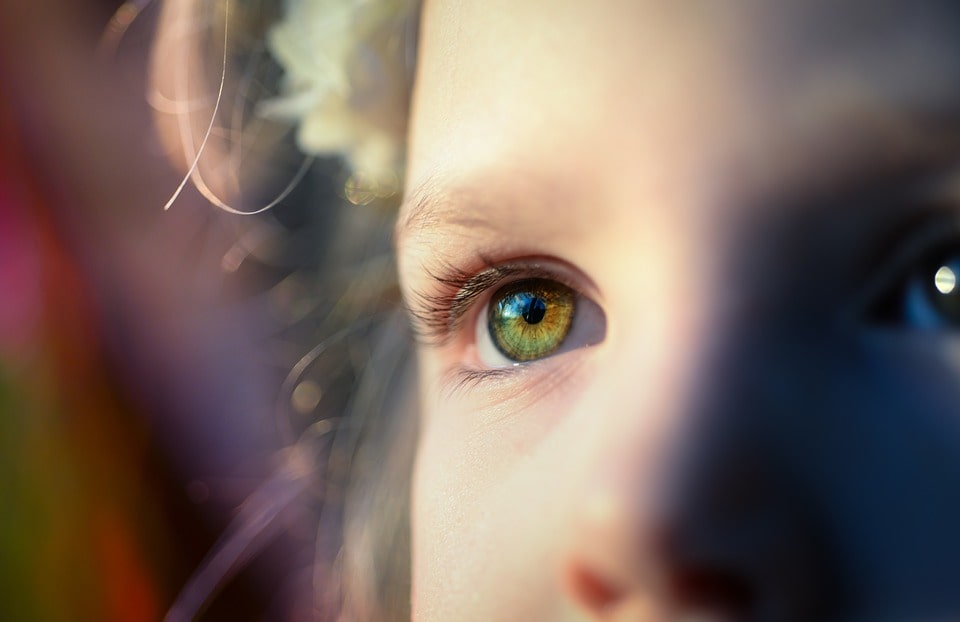
Child
According to the World Economic Forum, children face more risk of exposure to dangerous material and abuse online now than ever before. The content doesn’t just come from illegal sites, but actually a lot from places such as Facebook.
Hate speech, violent material, and targeted abuse or bullying are common online. There are many reasons to monitor your children’s internet usage, and keeping them safe is the main one.
However, not all child abuse happens online. It can happen at school, in social situations, and even in the parental home.
How do you spot worrying signs of abuse, and what steps do you take if you suspect it is happening?
How do you spot signs of child abuse?
Child abuse comes in many forms and can range from emotional to physical to sexual in nature. All forms of child abuse can lead to long-term trauma with mental and physical health problems in later life.
It can be hard to find evidence of child abuse, although there are ways to monitor your kid’s text messages on their phone. You can also make them use their laptop in the same room as yourself, so you can be watchful of what they are browsing.
Indications of abuse can manifest themselves differently, but they are often typically these:
- Withdrawal
- Anxiety
- Sudden aggression
- Mood changes
- Reluctance to leave school to return home
- Unexplained injuries
- Knowledge of things that they shouldn’t know
- Not making friends or lacking social skills
Abuse can also include neglect. Signs of this are lack of hygiene, absence from school, and poor growth rate. If you suspect neglect is happening to a child you can call social services.
If you have suspicions of child abuse occurring, what should you do?
If other forms of abuse are happening, you can either relay your fears straight to the authorities or try to catch the perpetrator in the act.
No one is advocating that you become a vigilante, and whether you should try to gather evidence would probably depend on the situation and the severity of it.
For instance, if your child keeps getting small bruises or unexplained marks, you may suspect the nanny is to blame. In this case, a visit to https://spycentre.com/ to purchase a hidden camera could put a stop to that straight away.
It can be scary to report someone for something as serious as child abuse, so you may wish to try and get some evidence first. However, don’t wait too long if you are sure there is something wrong.
If you believe that something serious is occurring then don’t delay in calling the authorities. That child is relying on adults to help.
Online abuse is slightly different. If there is bullying going on, you can take this evidence to either the police or in the event of it being other children, to the school.
Who do you report child abuse to?
If you suspect that a child is being abused, and have evidence such as hidden camera material, then call the police. It is legal to use nanny cams in many states in the US and in other countries so you should be fine.
If you are unsure about calling the police then you can follow the USA.GOV website that advises calling the Childhelp National Child Abuse Hotline at 1-800-4-A-CHILD (1-800-422-4453),
Ignoring suspected childhood abuse could lead to further distress for the victim and a lifetime of problems.
The dangers of trauma and child abuse
Left to continue the abuse will worsen. Whether this is neglect at home, bullying online, sexual or physical activity, or emotional trauma. It is unlikely to end until the person, or persons, committing the act are caught.
Children who are abused are more likely to suffer from trauma later on which can manifest itself in PTSD, alcoholism, depression, and sometimes result in suicide.
There are definite links between adverse childhood experiences and adult health according to NCBI. This is why it is important to stop abuse from happening as quickly as possible.
Fortunately, there are many organizations, as well as law enforcement, to help in this area. There is also aftercare and therapy to help abused children.
Treatment for child abuse
Depending on the type of abuse, medical treatment may be needed. Often, though, forms of psychotherapy will be used.
It is critical to get the child to be able to trust again. They will need to comprehend how to handle their emotions and manage moments of distress.
Cognitive-behavioral therapy is often used in this area, along with child-parent psychotherapy.
Summary
Spotting the signs of child abuse isn’t always easy, and calling the authorities on someone can be daunting. However, the child is the most important aspect here.
If you can gather evidence through a hidden camera or a voice recorder safely, then by all means do it. But don’t delay in calling the authorities or a helpline for the child’s sake.





